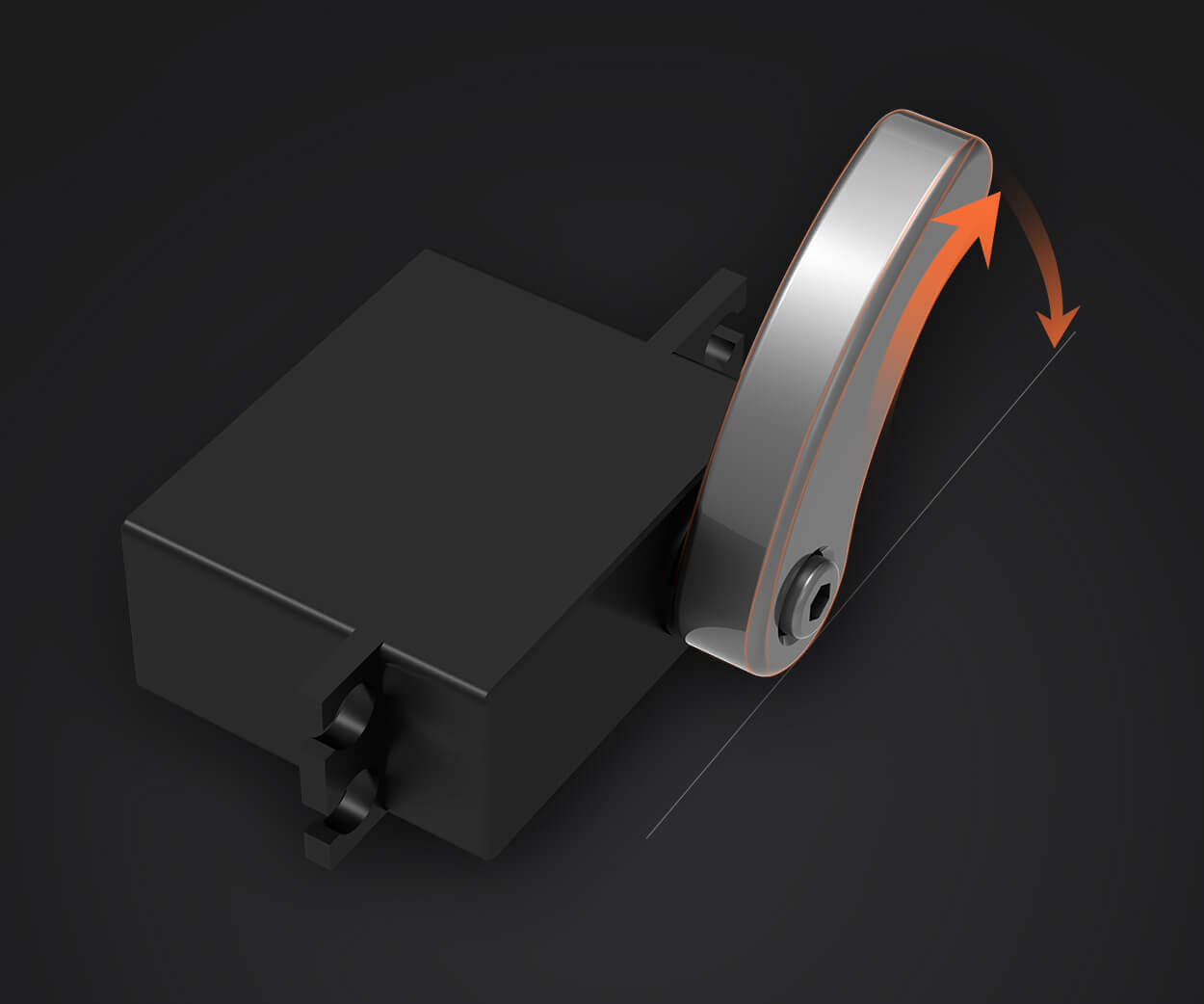Ever tried to bring a robot or automated system to life? Imagine connecting a tiny brain—an servo motor that moves with precision—using a simple circuit diagram. It’s like wiring the backbone of a miniature mechanical conductor. Understanding the circuitry behind servo motors isn’t just for engineers; it’s about grasping how motion can be controlled reliably and efficiently.

Think about it: a typical circuit diagram for a servo motor involves a few key elements—power supply, control signal, and the motor itself. The power supply feeds the motor, while a control signal—usually a pulse width modulation (PWM) signal—dictates how far and how fast the motor rotates. Here’s where it gets interesting: the diagram often shows a feature-packed setup with resistors, capacitors, and sometimes transistors, all working in harmony to achieve smooth movement. It’s a marvel of simplicity meeting precision.
Why does this matter? Because designing or troubleshooting a circuit with a servo motor becomes a matter of understanding the flow. If the motor isn’t responding, it could be an issue with the PWM signal, the power source, or the wiring itself. Having a clear circuit diagram is like having a map in a labyrinth; it cuts down troubleshooting time and boosts reliability. For anyone serious about robotics or automation, mastering this diagram means taking control of the small but mighty motor that moves an arm, opens a door, or spins a camera.
On the practical side, most diagrams show a control board or microcontroller connected to the servo. This part interprets instructions—like “turn left,” “raise up,” or “rotate 90 degrees”—and translates them into electrical signals. Sometimes, the diagram illustrates the use of a datasheet, pointing out the pin configuration of the servo motor and recommended component values. Having these details at your fingertips can make all the difference in building a project that runs smoothly.
What about the role of power? Servos usually need a dedicated power line because they draw more current than a microcontroller can handle. Proper wiring in the circuit diagram ensures power isn’t shared haphazardly, preventing flickering or erratic movements. It’s like setting up a dedicated lane for high-speed racing—smooth, fast, and safe.
The beauty of schematics for servo motors is their versatility. Whether you're designing a robotic arm, a remote-controlled car, or an automated camera system, understanding the wiring makes everything click into place. If you’re wondering how to get started, look for diagrams showing a simple setup: power supply connected to the motor, a PWM control line from your controller, and a ground connection. From there, experimenting becomes a matter of tweaking signal duration and observing how the motor responds.
Ever had that moment where you plug everything in, and nothing moves? That’s usually because of a miswired diagram or a missing connection. But with a detailed and clear circuit diagram, you’ll enjoy smoother debugging. It’s all about visualizing how a tiny burst of electricity causes a motor to spin—turning raw signals into motion.
So, if you’re venturing into robotics or automation, understanding the circuit diagram of a servo motor is more than just a technical detail. It’s the key to opening doors—literally and figuratively—to endless creative possibilities. When you understand how those electrical signals breathe life into a servo, you start to see how simple wiring can unlock complex, dynamic systems.
Established in 2005, Kpower has been dedicated to a professional compact motion unit manufacturer, headquartered in Dongguan, Guangdong Province, China. Leveraging innovations in modular drive technology, Kpower integrates high-performance motors, precision reducers, and multi-protocol control systems to provide efficient and customized smart drive system solutions. Kpower has delivered professional drive system solutions to over 500 enterprise clients globally with products covering various fields such as Smart Home Systems, Automatic Electronics, Robotics, Precision Agriculture, Drones, and Industrial Automation.




































